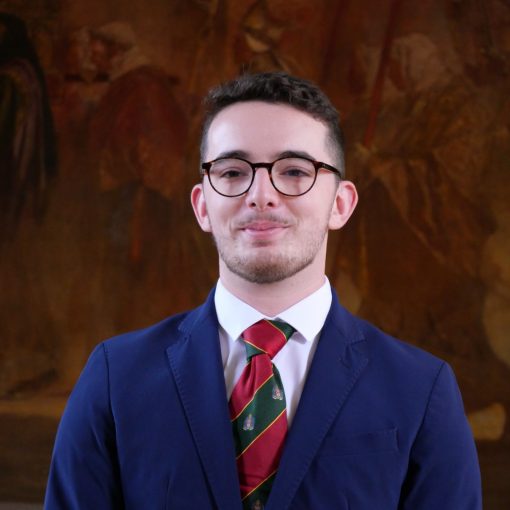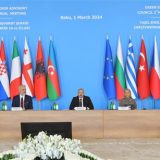Written by Corentin Delon and Enzo Padovan.
On the 14th January, 2024, a North Korean delegation went to Moscow for a diplomatic trip. The head of the mission, Choe Son-hui, is also Pyongyang’s minister of Foreign affairs; in the span of 4 days, she was able to meet president Vladimir Putin, but also many other Russian state representatives such as Dmitry Peskov, the Kremlin’s spokesperson, or even Sergey Lavrov, the head of Russian diplomacy.
This long diplomatic visit, especially at the beginning of the year 2024, shows the importance given to the historical alliance between Moscow and Pyongyang. Despite its age, the latter has not always been this important in the eyes of Russia; the new momentum that is it experiencing nowadays is a clear sign of the new international policy adopted by the Kremlin in the past few years. With its strong political and cultural stakes, this relationship between the two nations is an important aspect of the international actuality.
Historical reminder of the relationships between North Korea and Russia
The relation between Pyongyang and Moscow dates back to the end of the Second World war. As Nazi Germany was collapsing in May 1945, the USSR’s attention drifted to its oriental borders, and more precisely on Imperial Japan. The latter had annexed the Korean peninsula in 1910, and the Japanese occupation was illustrated by various exactions committed against the local population. Since the USSR still wanted to get revenge against Japan for the defeat it had to suffer after the 1905 war, Stalin declared war against Tokyo on the 9th of August, 1945. This campaign was quite short-lived (as Japan surrendered the next month), but it allowed the USSR to regain control of the south of Sakhalin Island, and caused the Japanese departure from the Korean peninsula.
Freed from the Nippon yoke, Korea was divided between two occupation zones: respectively, a Soviet one in the North, and an American one in the South, established on both ends of the 38th North Parallel, which approximately cuts Korea in its centre. Plans of reunification are drafted in the years following the 1945 surrender, but rapidly failed. The beginning of the Cold War, and thus the rise of rival influences from Washington and Moscow in the Korean peninsula, ended up establishing two distinct States. To lead the communist north, the Soviets appointed at the head of the People’s Provisory Committee a famous Marxist resistant, and a veteran enlisted in the Red Army: Kim Il-sung. Inspired by the Stalinian model, the Korean ruler enforced a real cult of personality about himself, which is still observable today, 75 years later, in the person of his grandson, Kim Jong-un.
Vous devez souscrire à un abonnement EurasiaPeace pour avoir accès au contenu - Prendre votre abonnement






